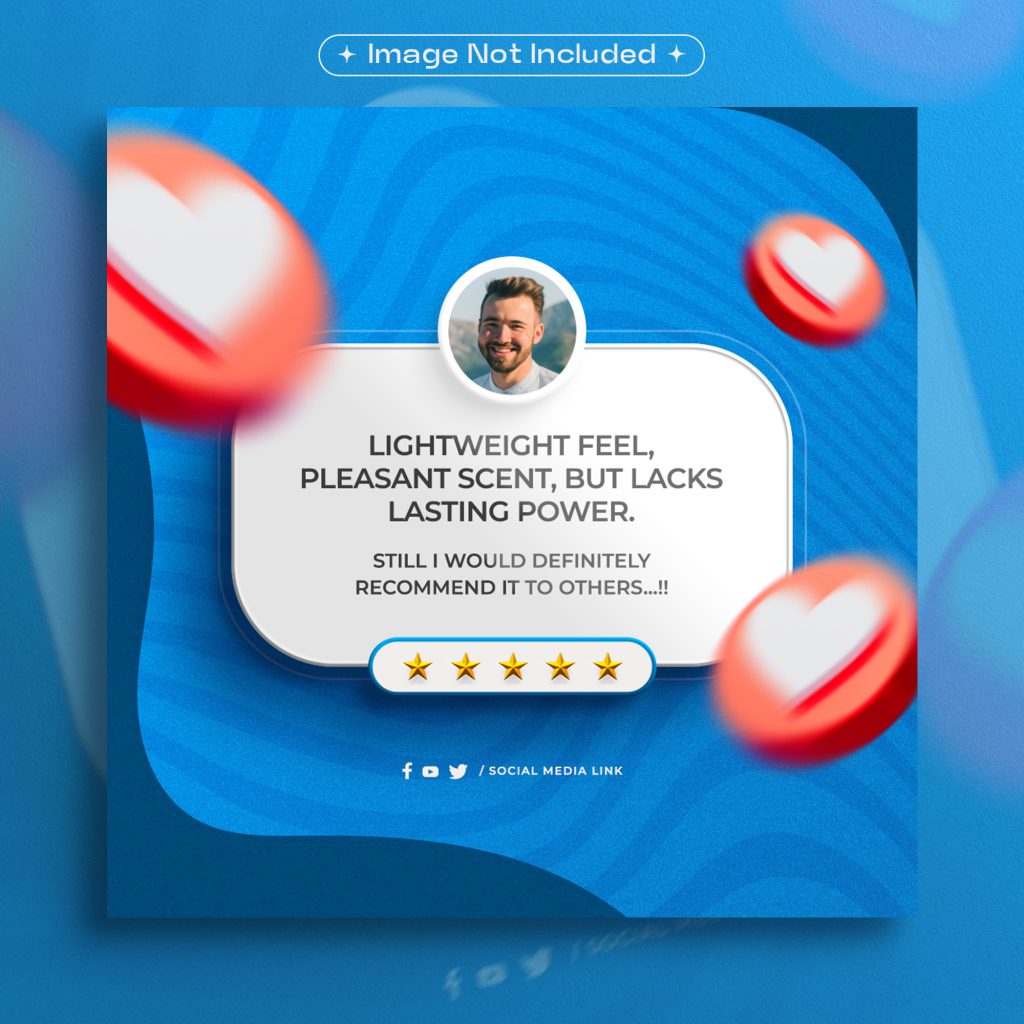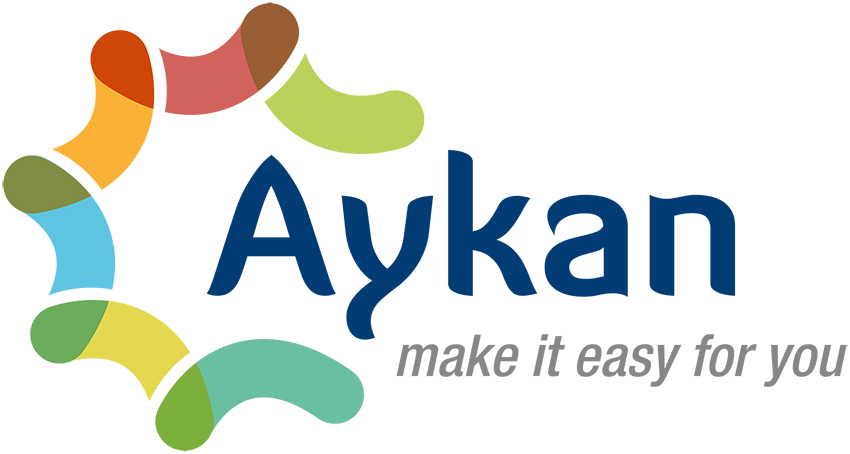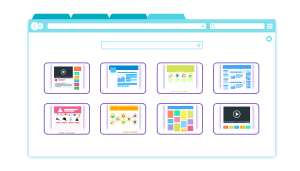In the digital marketplace economy, the success of a platform is increasingly measured not just by the number of transactions but by the depth of user engagement and the strength of its community. For platforms built on Sharetribe, the opportunity to foster a dynamic, loyal community is a strategic advantage that goes far beyond one-time purchases or service bookings.
This comprehensive guide explores how you can build, grow, and sustain an active community that fosters engagement, encourages retention, and drives brand loyalty.
Why Build a Strong Community in a Sharetribe Marketplace?
Building a community on your Sharetribe platform is crucial because it transforms your marketplace from a simple transaction-based service into a thriving, trusted ecosystem. Here’s why it matters:
1. User Retention & Loyalty
Community-driven platforms naturally see higher retention rates because they offer more than just a service—they offer belonging. When users participate in forums, join interest groups, or contribute content, they begin to associate their identity with the platform. This emotional connection leads to loyalty that goes beyond convenience or pricing. Over time, these users become brand advocates and regular contributors, increasing the lifetime value of each user.
2. Trust Building
Trust is the foundation of any successful marketplace. A community helps build this trust organically by encouraging transparency and accountability. When users can read reviews, interact with others in discussion threads, see verified badges, and engage in public conversations, it adds a human layer to the platform. This is particularly crucial for peer-to-peer marketplaces where users rely on each other. Trust systems like ratings, user verification, and peer moderation give new users confidence to participate safely.
Recommended Blog: Using Social Proof to Build Trust on Your Sharetribe Platform!
3. Organic Growth
A strong community becomes a powerful engine for growth without requiring a large marketing budget. Engaged users share their experiences on social media, bring friends into the platform, and leave behind searchable content that boosts SEO. Community members often create user-generated content—like how-to posts, success stories, and testimonials—that can be repurposed for marketing. Word of mouth, driven by real relationships, is far more effective and cost-efficient than paid advertising.
4. Support and Self-Service
Communities can act as a self-sustaining support network. Active members often answer each other’s questions faster than a support team can. Discussion forums, FAQs maintained by users, and resource-sharing groups empower users to solve problems independently. This lowers support costs, improves response time, and enhances the user experience. For complex platforms, this kind of peer support is a strategic asset.

5. Deeper Insights
A community gives you unfiltered access to what users really think and need. Instead of relying solely on analytics, you can observe real-time conversations, see common pain points, and discover feature requests organically. Community feedback is often more detailed and actionable than survey responses. This enables better product development, more accurate prioritization, and a more user-centric platform evolution.
6. Brand Differentiation
In a competitive marketplace landscape, your brand needs more than a sleek design or good functionality—it needs a soul. Community adds a human dimension that sets you apart. Platforms with active user engagement stand out as vibrant, trustworthy, and values-driven. Whether it’s through cultural support, language inclusivity, or shared missions, a community aligns your platform with something meaningful. This connection is difficult for competitors to replicate and becomes a sustainable competitive advantage.
How to Build a Strong and Engaged Community?
To build a strong and engaged community on your Sharetribe platform, start by creating meaningful spaces where users can interact beyond transactions. Introduce features such as discussion forums, user groups, and interactive content that encourage knowledge-sharing and collaboration. These tools help foster a sense of belonging and make users feel invested in the platform.
Consistent and personalized communication through newsletters, social media groups, and in-platform messaging keeps users informed and encourages participation. Gamification—like badges, achievement levels, and loyalty rewards—motivates users to stay active and return regularly. Trust is essential, so incorporate social proof such as reviews, testimonials, and verification processes to make users feel safe and confident.
Finally, treat community building as a continuous process by listening to user feedback, monitoring engagement data, and improving the platform accordingly. A successful community is one where users don’t just visit—they feel like they belong.
1. Community-Driven Features: The Foundation of Belonging
A thriving community requires more than listings and transactional tools. You need to create a digital environment that encourages users to connect around shared goals, interests, or values.
Discussion Forums
Implement dedicated spaces where users can ask questions, exchange advice, and participate in discussions. These forums create a sense of ownership and offer a way to crowdsource knowledge. You can integrate tools like Discourse, Tribe, or custom-built forums using React components via Sharetribe APIs.
For instance, a cleaning services marketplace might feature a forum where users share eco-friendly tips, or a pet services platform could host threads on pet care and training.

User Groups
Allow users to self-organize into communities based on geographic location, service categories, or personal interests. These groups can serve as micro-communities that drive recurring engagement and peer support. Features like group listings, member chats, and local event coordination can enhance this experience.
Example: In a student housing marketplace, create user groups based on universities, dormitories, or cities.
Interactive Content
Publishing interactive content such as how-to articles, polls, live Q&A sessions, and success stories can turn passive users into active contributors. Use CMS tools like Ghost, Contentful, or Notion to deliver content that resonates. Incorporate embedded video tutorials, infographics, and searchable FAQs to enrich user experience.
2. Communication Channels: Sustaining the Conversation
Regular, meaningful communication with your users ensures they stay informed, feel appreciated, and know how to engage more deeply with your platform.
Newsletters
Email newsletters remain one of the most powerful engagement tools. Segment your users (e.g., new users, active providers, high-volume buyers) and personalize content to each segment. Include marketplace updates, new features, community spotlights, and helpful resources. Integrate with tools like Brevo, Mailchimp, or ActiveCampaign.

Social Media Groups
Creating branded spaces on platforms like Facebook, LinkedIn, or Discord helps extend community conversations beyond your website. These channels can drive viral engagement, provide support, and offer exclusive perks like early access to new features or community events. Regular moderation and branded content are essential for maintaining quality interactions.
Forums or Chat Threads
Integrate in-platform real-time chat or topic-based threads that allow users to interact without leaving the marketplace. Sharetribe Flex supports custom chat flows, which can be enhanced using Twilio, Sendbird, or Pusher. These features can help resolve inquiries quickly, share resources, and enable mentorship among users.
3. Gamification: Motivating Positive User Behavior
Gamification leverages psychology to increase user engagement by rewarding progress, achievements, and interaction. Done right, it builds user habits and platform loyalty.
Badges and Recognition
Recognize user milestones such as “Top-rated Seller,” “Verified Helper,” or “Early Adopter.” These can appear on profiles, listings, or in community leaderboards. They not only provide social proof but also instill a sense of pride and motivation.
Technically, badges can be implemented via custom logic tied to user activity and displayed through the Sharetribe Flex API and custom UI components.
Progression and Levels
Introduce tiered achievements or loyalty levels—such as Bronze, Silver, and Gold—that unlock benefits as users become more active. These can be tied to discounts, promotional placements, or early access to features. Showing user progress encourages deeper engagement and repeated usage.
Loyalty Rewards
Offer tangible rewards such as promo codes, credits, or referral bonuses. Reward behaviors like repeat bookings, helpful reviews, or referrals. Consider integrating with systems like Tango, ReferralCandy, or LoyaltyLion to manage these programs.
4. Building Trust: Establishing a Safe, Transparent Ecosystem
Trust is the most critical element for sustainable marketplace growth. It ensures that users feel confident making purchases, providing services, and inviting others into the ecosystem.
Social Proof and Testimonials
Display customer reviews, ratings, and testimonials prominently on service listings and provider profiles. Include customer stories or video testimonials that illustrate positive experiences. Encourage users to share photos and feedback after successful transactions.
Rich review systems also allow for ratings across multiple dimensions (e.g., communication, punctuality, quality), giving a more nuanced sense of reliability.

Verification and Trust Signals
Go beyond basic profile fields by implementing ID verification, document uploads, and background checks. Services like Persona, Jumio, and Onfido integrate with Sharetribe Flex and help establish safety standards.
You can also create a reputation or trust score by factoring in ratings, response time, completed bookings, and verifications. Display this score to build user confidence.
5. Continuous Improvement: Adapting with Feedback and Data
A vibrant community isn’t built and left to run on autopilot—it’s cultivated through continuous improvement. As user expectations evolve and your marketplace grows, maintaining a feedback loop between your community and your development process is essential. This allows you to fine-tune features, address pain points, and prioritize updates that align with user needs and business goals.
Analytics and Usage Tracking
Understanding user behavior through data is fundamental to optimizing the user experience. Implement advanced analytics platforms like Google Analytics 4, Mixpanel, or PostHog to capture user journeys, session durations, bounce rates, and conversion funnels. These tools allow you to identify which features are most popular, where users drop off in the transaction process, and which pages generate the most engagement or friction. For instance, if you find that users frequently abandon their cart on the payment page, that may indicate a UX issue or lack of payment options. Segmenting data by user type (buyer, seller, admin) or traffic source can also help tailor improvements to different audiences.
User Feedback and Feature Suggestions
Data alone doesn’t tell the full story—qualitative feedback fills in the gaps. Encourage users to provide input through structured channels like in-app surveys, feedback widgets, or email prompts. Tools like Typeform, Canny, and Hotjar make it easy to collect feature requests, bug reports, and usability insights in real-time.
You can also form community advisory boards or VIP user panels to involve your most engaged users in roadmap discussions. These contributors feel valued and often provide highly actionable insights. Hosting AMA (Ask Me Anything) sessions or live feedback workshops with your development or product team can further solidify user trust and encourage transparency.
Example: If multiple users express frustration with a lack of filters when searching for services, or find mobile navigation unintuitive, such feedback should trigger design sprints or A/B tests to evaluate solutions.
Scalable Architecture
As your user base grows, ensure your platform’s backend and frontend can scale. Sharetribe Flex provides the API flexibility needed for long-term growth. You can also integrate external services via webhooks, serverless functions, or middleware platforms like Integromat or Zapier to enhance performance and automation. These tools can automate workflows such as onboarding emails, activity notifications, or CRM updates—reducing manual work while maintaining a responsive ecosystem.
Make sure your infrastructure is cloud-optimized with performance monitoring tools like New Relic or Datadog to catch and resolve issues proactively. Ensure data compliance and backup strategies are in place as you scale across geographies and industries.

Case Study: “World Like Home” – A Community in Action
One powerful example of community-first design is World Like Home, a Sharetribe-based platform connecting international students with verified local hosts. Their key strategies include:
-
Verified user onboarding for credibility
-
Community walls and chat-based engagement
-
Gamification elements like badges for reliable hosts
-
Multi-language support with AI chatbots
-
Email workflows and loyalty rewards integrated with Stripe and Brevo
This approach resulted in high referral rates, stronger user trust, and a fast-growing global community built on empathy and credibility.
Conclusion
True loyalty is not transactional—it’s relational. By creating a sense of belonging, recognition, and safety, your Sharetribe platform can become more than a marketplace. It can become a community.
Focus on giving users a reason to return, a reason to contribute, and a reason to trust. That’s how you drive retention, viral growth, and long-term success.
FAQ's
1. How do I start building a community on my Sharetribe platform?
Start small by integrating features that promote interaction—like discussion forums, user groups, or in-platform chat. Create spaces where users can connect beyond transactions, and use tools such as Discourse or embedded chat components to encourage conversation. Focus on onboarding your early users and inviting them to contribute content, share experiences, or help moderate discussions.
2. What are the best tools to engage users consistently?
To engage users consistently, use a mix of communication tools like email newsletters (via Brevo or Mailchimp), social media groups (Facebook, LinkedIn, or Discord), and in-app messaging. Layer in gamification through badges, levels, or rewards to keep users motivated and active. Automating workflows with tools like Zapier or Integromat helps maintain regular communication without overwhelming your team.
3. How do I build trust between users on the platform?
Trust can be built through verified profiles, clear rating and review systems, and social proof. Implement ID verification using tools like Persona or Onfido, and add badges or trust scores based on behavior, ratings, and responsiveness. Showcase testimonials, customer stories, and user-generated content that reflect genuine platform experiences.
4. How do I know if my community efforts are working?
Monitor key metrics like user retention, time on site, number of active users, content contributions, and referral rates using platforms like Google Analytics 4 or Mixpanel. In parallel, collect qualitative feedback through surveys or feedback widgets. If users are returning frequently, referring others, and contributing content or reviews, it’s a strong signal your community-building efforts are resonating.
5. What’s the biggest mistake to avoid when building a marketplace community?
One of the biggest mistakes is treating community building as a one-time setup rather than an ongoing process. Without regular engagement, moderation, or updates, even the best-designed community features can stagnate. Avoid launching too many disconnected features at once—focus instead on creating one meaningful interaction loop (like a Q&A thread or reward system), and build from there based on user feedback.








